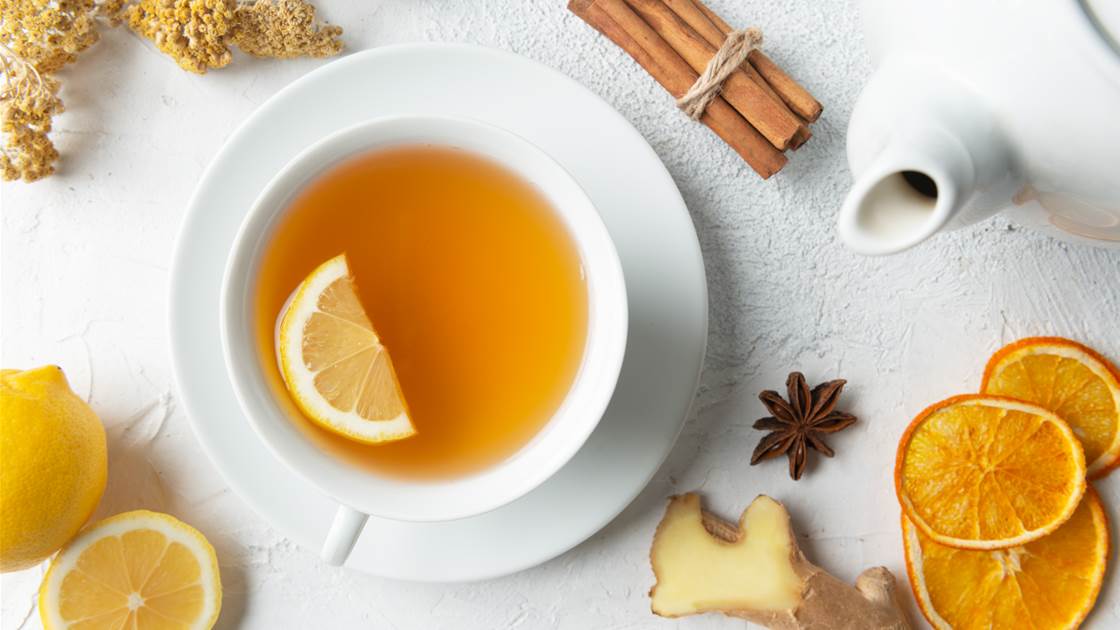I wasn’t always a tea lover. In fact, it was not until I travelled to Japan as a student that I was exposed to anything beyond the tea that could be found at the supermarket. Today, though, you’ll regularly find me with a cup of tea in hand. The drink has so many health benefits that you can go ahead and enjoy a daily brew—or several.
Just keep in mind that although all true tea comes from the Camellia sinensis plant, all tea isn’t equal. Its content of beneficial polyphenols and other antioxidants, as well as its colour, depends on the amount of processing and oxidation it undergoes. Generally, the less oxidized a tea is, the lighter it is in colour and the more antioxidants it has.
Use the guide below on the five major types, from darkest to lightest, to choose your next brew.
Pu-erh
Pronounced poo-air, this dark tea has a bold, earthy flavour. It’s highly valued in China, where its processing method has been a closely guarded secret for centuries. Although pu-erh has a lower antioxidant content than white or green tea, some research suggests that it may help lower cholesterol and reduce heart disease risk.
Black
This popular tea can range in flavour from nutty and spicy to fruity and almost flowery; popular varieties include Darjeeling and Earl Grey. Some studies suggest that black tea may help lower the risk of heart disease, fight colon cancer, and inhibit growth of bacteria responsible for cavities.
Oolong
Somewhere between black and green tea in colour, flavour, and antioxidant levels, oolong tea has a fruity or flowery aroma. Drinking several cups of it a day has been shown to help relieve the itchy skin of atopic dermatitis.
Green
Rich in a polyphenol called EGCG, green tea may be the most researched type, with studies suggesting that it may help prevent a host of cancers, lower cholesterol, reduce inflammation, and enhance immunity. I like Japanese sencha, and I especially enjoy a bowl of jewel-green matcha tea every morning.
White
This tea has a very delicate flavour. Because it’s the least processed, white tea may contain the most antioxidants. Some evidence even suggests that it may inhibit cancer growth and kill the bacteria that cause pneumonia and cavities.
Is iced tea healthy?
It is possible to get the same benefits from cold tea as from hot—but that depends on how you prepare it. To maintain its valuable antioxidant compounds, chill brewed hot tea in the refrigerator. Don’t sweeten it heavily, and don’t add ice—doing so appears to change the chemistry of those compounds, making them less available for the body to absorb. And don’t expect to be able to replicate the healthy effects of brewed tea with bottled supermarket brands—they’re typically far higher in sugar and other additives.
For more recipes and articles by Prevention on beauty and wellbeing, sign up to our weekly newsletter.









.jpg&h=193&w=250&c=1&s=1)
